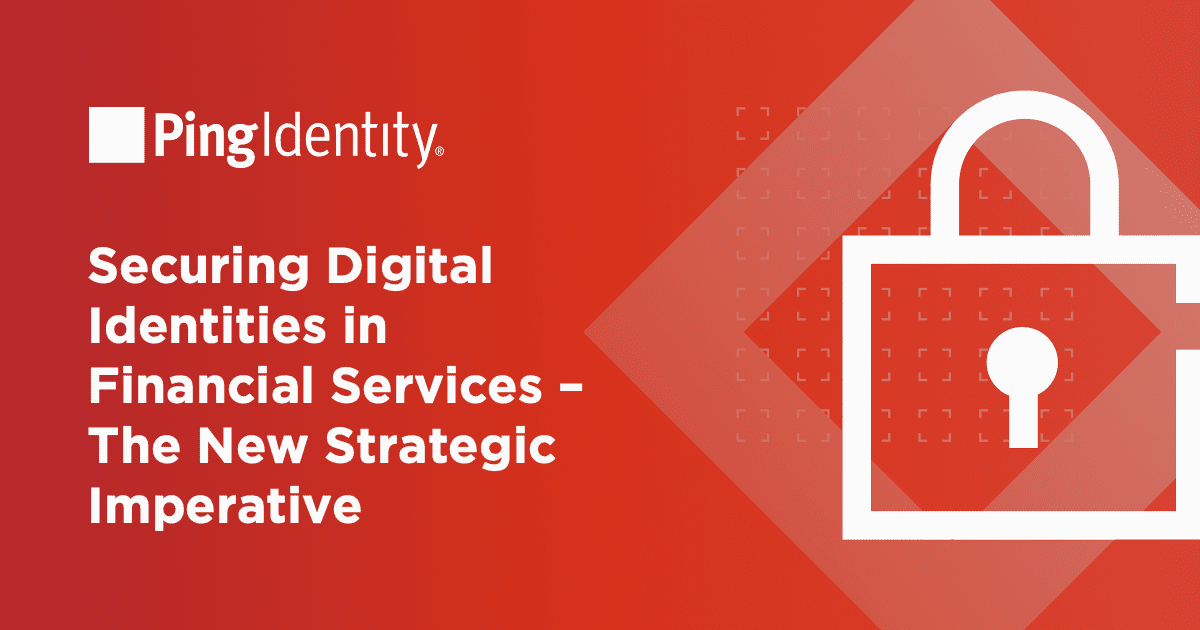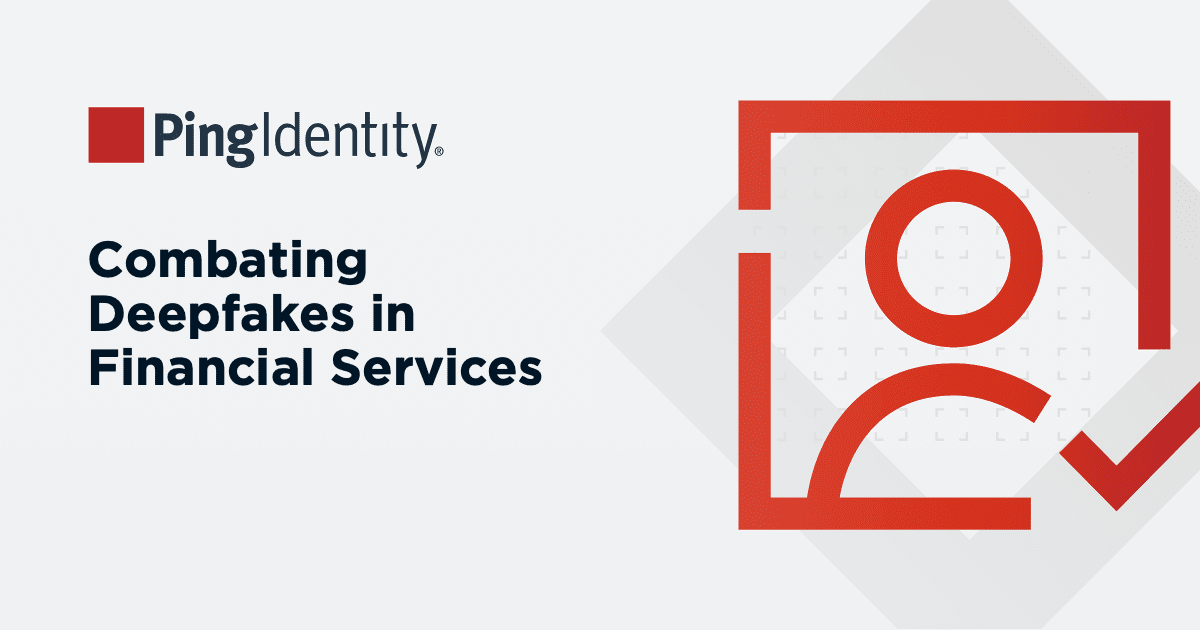Access control is a key element of cybersecurity, ensuring only the right people access specific systems and data.
There are two major access control models — Mandatory Access Control (MAC) and Discretionary Access Control (DAC) — each of which is unique.
For security, identity, and access management (IAM) professionals, knowing when to use each model is critical to balancing security and usability. This guide explains the differences, real-world use cases, and how to choose the right model for your needs.
Key Takeaways
- Mandatory Access Control (MAC) offers strict, centralized policies ideal for high-security environments like government and military systems.
- Discretionary Access Control (DAC) provides flexibility, allowing resource owners to manage access, making it better for businesses and collaborative environments.
- Hybrid systems combine MAC and DAC to balance strict security with user-friendly flexibility for organizations with varying needs.
- Alternative models like Role-Based Access Control (RBAC) and Attribute-Based Access Control (ABAC) provide modern, scalable options for dynamic access management.


